Attosecond pioneers win physics Nobel
DOI: 10.1063/PT.3.5355
In one second, light travels 300 000 km, most of the way from Earth to the Moon. In one nanosecond, a billionth of a second, it travels 30 cm, the length of a sheet of paper. In one attosecond, a billionth of a nanosecond, it travels 3 angstroms, about the length of a water molecule.
Attoseconds—or more precisely, tens to hundreds of attoseconds—are the natural time scale of the motion of electrons. Whereas atoms and molecules typically move on the scale of tens to hundreds of femtoseconds, electrons are about three orders of magnitude lighter and faster. Their motions include processes, such as tunneling and photoionization, that were once thought to be instantaneous, or at least too fast ever to be measured.
But the attosecond regime is now measurable, thanks to decades of theoretical and experimental work by dozens of scientists. For this year’s Nobel Prize in Physics, the Royal Swedish Academy of Sciences has chosen three researchers who made groundbreaking experimental contributions to the creation of the first attosecond-scale pulses of light: Anne L’Huillier of Lund University in Sweden; Pierre Agostini of the Ohio State University in Columbus; and Ferenc Krausz of the Max Planck Institute of Quantum Optics in Garching, Germany. L’Huillier’s one-third share of the prize is the largest ever to be awarded to a woman in physics.
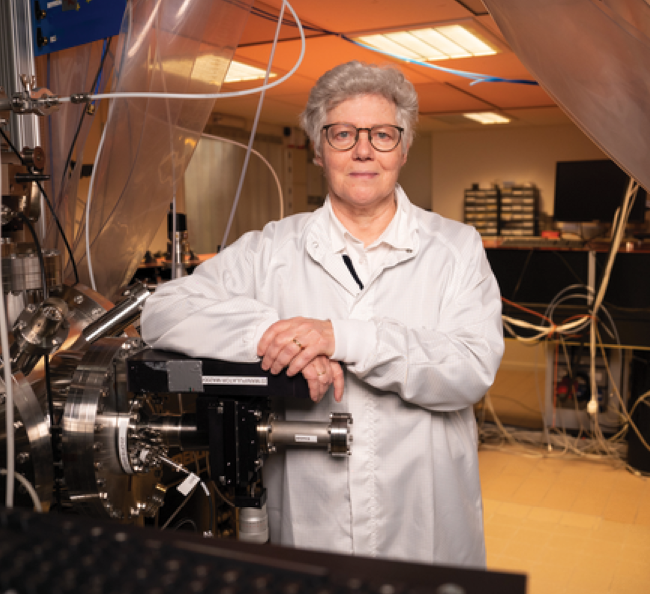
Anne L’Huillier
BBVA FOUNDATION
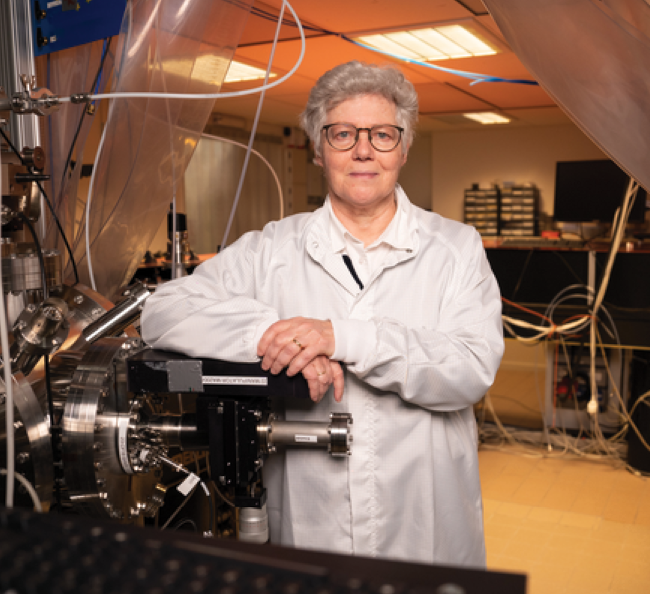

Pierre Agostini
KRYSTAL KENNEY
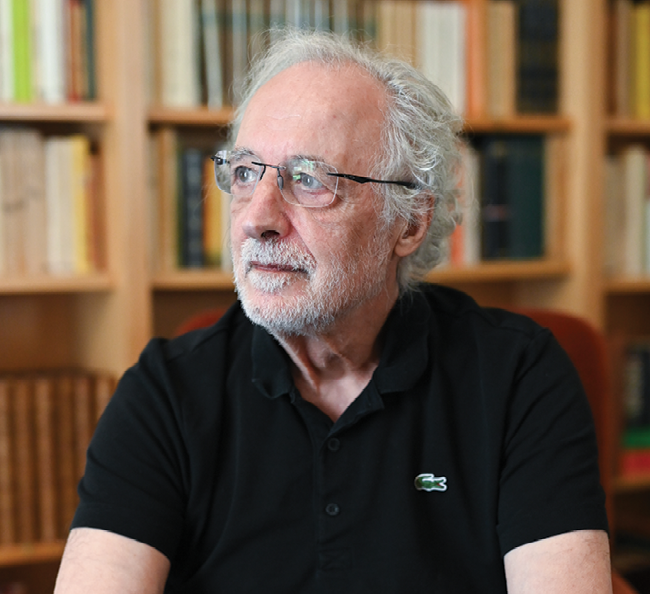
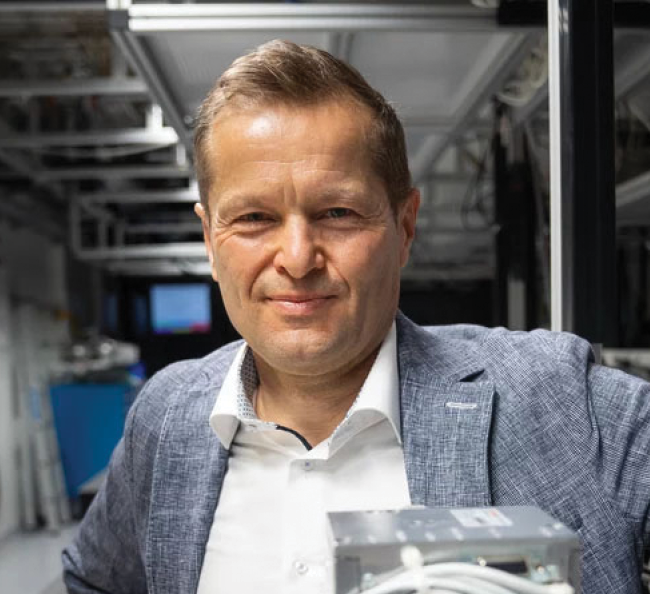
Ferenc Krausz
DANIEL GERST
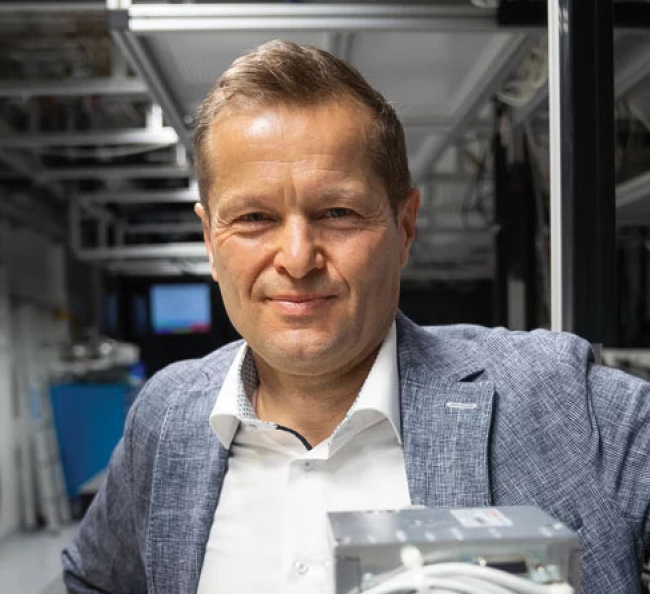
High harmonics
The femtosecond-scale pulses that are used to observe the motions of atoms and molecules are an extension of conventional laser technology (see Physics Today, December 1982, page 19
Attosecond-scale pulses require a fundamentally new approach. Visible light has a wavelength range of 400–700 nm, corresponding to periods of 1.3–2.3 fs. The duration of a light pulse can’t usually be shorter than a single wave period, so attosecond pulses can’t be produced simply by chopping visible-light waves shorter and shorter. Breaking into the attosecond regime is more readily accomplished with wavelengths of tens of nanometers, well into the extreme ultraviolet (XUV).
Lasers can operate in the UV. But because the operating power scales with the fifth power of the frequency, there’s a practical limit to how short their wavelengths can go. On the other hand, XUV radiation is made in abundance at sources such as synchrotrons, but it lacks the temporal coherence to be shaped into ultrashort pulses.
Nonlinear optics offers a route to short-wavelength light with laser-like coherence. In 1961, only a year after the invention of the laser, it was discovered that 694 nm laser light, focused into a quartz crystal, could generate a small amount of light at 347 nm, the second harmonic.
Harmonic generation is normally a perturbative process: The third harmonic is much weaker than the second, the fourth is much weaker than the third, and so on. So one might naturally assume that the easiest route to XUV harmonics starts with the shortest-wavelength laser light. Indeed, when several groups in the 1980s experimented with pushing the limits of harmonic generation, most started with 250–350 nm lasers. Some of the resulting harmonics extended into the XUV. But their intensities, as expected, diminished quickly.
It was a stroke of serendipity, then, when in 1987 L’Huillier (then at the CEA Saclay in France) and colleagues started with intense 1064 nm laser light instead and fired it into jets of noble-gas atoms. 1 “We weren’t even looking for harmonics,” says L’Huillier. “We were trying to see fluorescence. And we used 1064 nm because that was the laser that we had.”
Not only did they see harmonics, though, but the harmonics wouldn’t quit. In xenon, they saw up to the 21st harmonic; in krypton, the 29th; and in argon—as shown in figure
Figure 1.

High-harmonic generation converts long-wavelength light (red) into a superposition of shorter-wavelength harmonics (orange, green, blue, and purple) by means of a jet of noble-gas atoms (here argon). Anne L’Huillier and colleagues discovered that, as shown in the graph on the right, the harmonic intensity plateaus instead of falling off steeply. The equal-intensity harmonics could—and in fact do—combine coherently to produce a train of attosecond-scale pulses. (Figure by Freddie Pagani and Lorien Williams; graph adapted from ref.
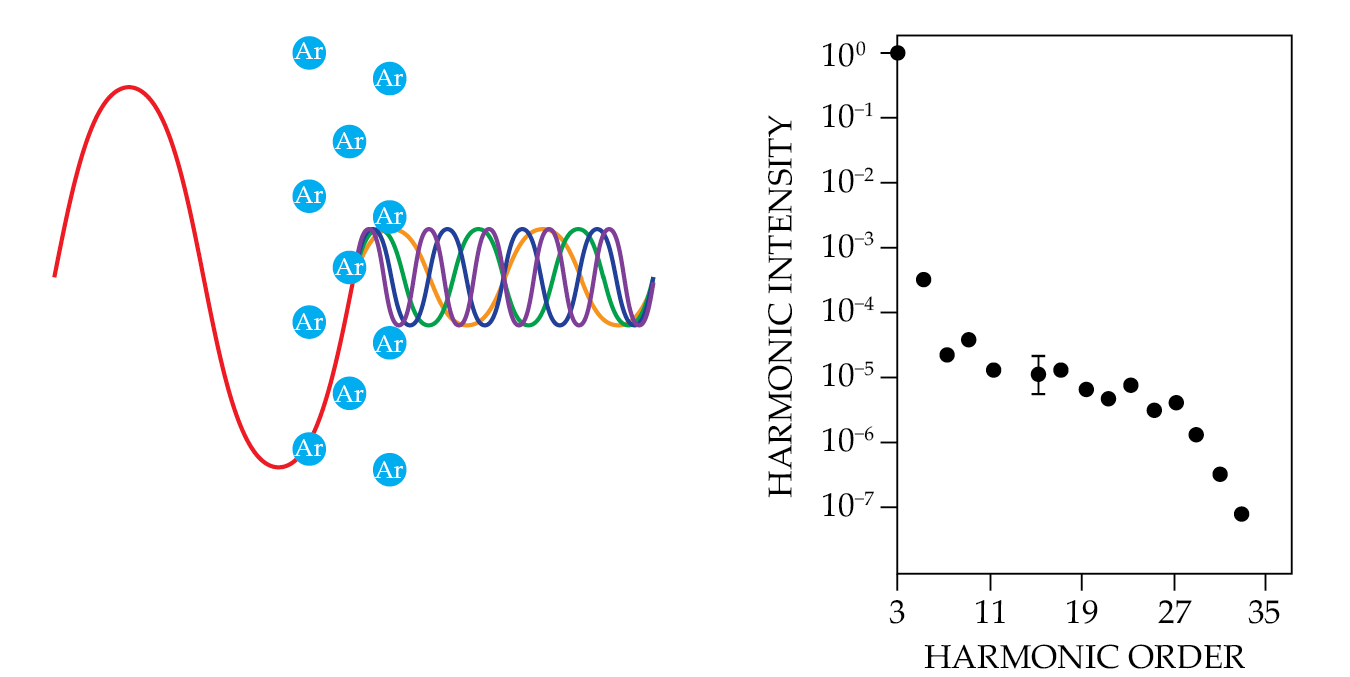
The high-harmonic generation (HHG) “was completely unexpected,” says Eva Lindroth, a theorist at Stockholm University and a long-time collaborator of L’Huillier’s. “Nobody thought that when you increased the intensity of the light, you’d get a plateau of harmonics. It was a completely new thing—but it’s very robust.”
Electron three-step
“Having a femtosecond XUV laser-like source was already a major advance,” says Pascal Salières of CEA Saclay, who earned his PhD under L’Huillier in the 1990s. But the potential further implications soon became clear. It was well known, both mathematically and experimentally, that when many waves of equal amplitude and equally spaced frequencies are added together, the sum is a series of short pulses equally spaced in time. That phenomenon is the basis for the optical frequency comb, recognized by the 2005 physics Nobel (see Physics Today, December 2005, page 19
But did the harmonics add together coherently? That part wasn’t yet known, and it wasn’t safe to assume. After all, the HHG output was the product of a vast number of individual atoms. Without a better understanding of the process, there was no way to know how coordinated their responses would be.
During the early 1990s, L’Huillier and others made great strides in understanding the physics of HHG at both the single-atom and ensemble levels. But perhaps the biggest leap in conceptual understanding came from a three-step recollision model, presented independently in 1993 by Lawrence Livermore National Laboratory’s Kenneth Kulander and colleagues and by Paul Corkum of the National Research Council Canada. 2
According to the model, HHG is initiated when the laser light’s electric field is strong enough to temporarily rip an electron away from its atom. When the field reverses direction, it slingshots the electron back from whence it came. Finally, the electron drops back into the empty orbital it left behind, and its accumulated energy is released as a high-harmonic photon. That simple picture is semi-classical, but the full quantum mechanical description gives similar results. (See the article by Paul Corkum, Physics Today, March 2011, page 36
The model explains why a 1064 nm laser produces a high-harmonic plateau but a 300 nm laser does not: In the latter case, the electric field oscillates too quickly for the liberated electrons to pick up much energy. And it suggests that the atom’s responses should be synchronized well but not perfectly: Electrons can be pulled from their atoms only at certain points during the optical cycle. But depending on how much energy they gain, they don’t all recollide at exactly the same time.
The model also points the way to at least two routes to generating attosecond pulses one at a time rather than in a series. One way is to start with an ultrashort laser pulse in which only a single optical cycle is intense enough to initiate HHG (see Physics Today, April 2003, page 27
By the late 1990s, then, the stage was set for attosecond physics. Researchers were probably already making plenty of attosecond-scale pulses—but they were unable to prove that they were. They were faced with a conundrum: How do you calibrate an attosecond-scale stopwatch if you don’t already have an attosecond-scale stopwatch to calibrate it against?
How short?
In 2001 Agostini (then at CEA Saclay) and Krausz (then at the Technical University of Vienna) independently published their solutions. Their experiments, although different, were based on the same two principles. First, optical delay lines make it possible to control the relative timing of two light pulses with subfemtosecond precision. Second, the shape of a light wave can be used to measure times much shorter than the full wave period.
Agostini’s approach, now known as RABBIT (reconstruction of attosecond beating by interference of two-photon transitions) is shown schematically in figure
Figure 2.

RABBIT (reconstruction of attosecond beating by interference of two-photon transitions) is a technique developed by Pierre Agostini and colleagues to measure the length of the pulses in a high-harmonic pulse train. The pulse train (green) and IR fundamental (red) can interfere constructively or destructively to ionize an atom (here argon). The interference is observable in the intensity of several sidebands, one of which is plotted here. By analyzing the sideband areas as a function of the delay between the two waves, Agostini and colleagues proved that the pulses were on the attosecond scale. (Figure by Freddie Pagani and Lorien Williams; graph adapted from ref.
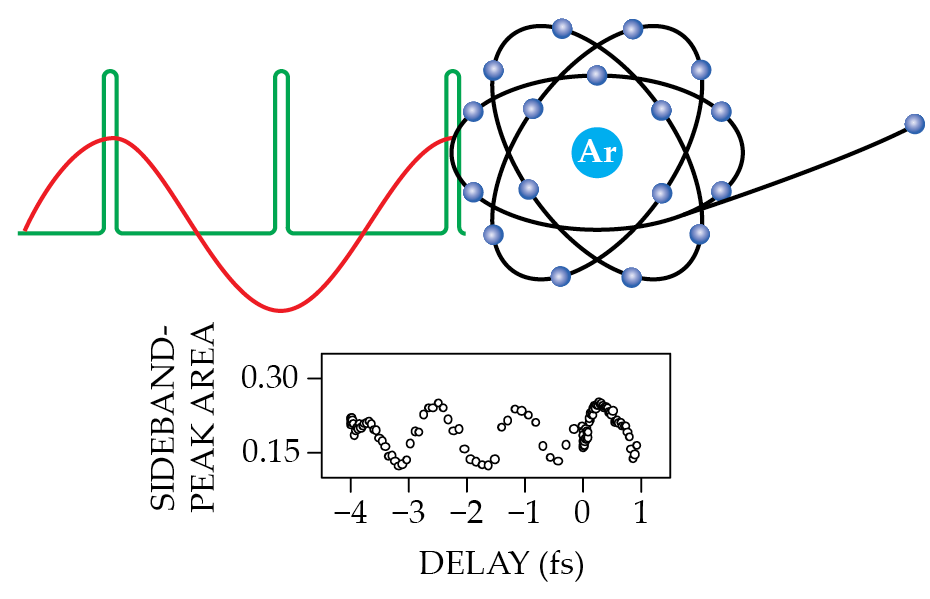
The HHG spectrum consists of odd multiples of the IR fundamental energy. But the even multiples, called sidebands, show up in the photoelectron spectrum too. They can arise in two ways: through the combined absorption of one HHG photon and one IR photon or through HHG absorption followed by stimulated IR emission. Those processes can interfere either constructively or destructively, depending on the relative phase of the two waves.
Agostini looked at the sideband intensities as a function of the delay between the HHG and IR waves. If the HHG isn’t actually a series of attosecond pulses but rather an incoherent XUV emission smeared out over the whole IR wave period, then adjusting the delay wouldn’t make any difference—the sideband intensities would always be the same. Because, instead, the sideband intensities oscillated, Agostini inferred that the HHG is organized into a series of discrete pulses. By analyzing the oscillations quantitatively, he concluded that the pulses were 250 attoseconds long.
Krausz’s approach, called attosecond streaking, is illustrated in figure
Figure 3.

Attosecond streaking was used by Ferenc Krausz and colleagues to measure the duration of a single attosecond-scale pulse. The pulse (green) ionizes an atom (here krypton), and the liberated electron (blue) is accelerated in the electric field of a strong IR wave (red). The graph shows the wobbles in the electron energy as a function of the pulse–IR delay; from them, Krausz and colleagues concluded that the pulse was 650 attoseconds long. (Figure by Freddie Pagani and Lorien Williams; graph adapted from ref.
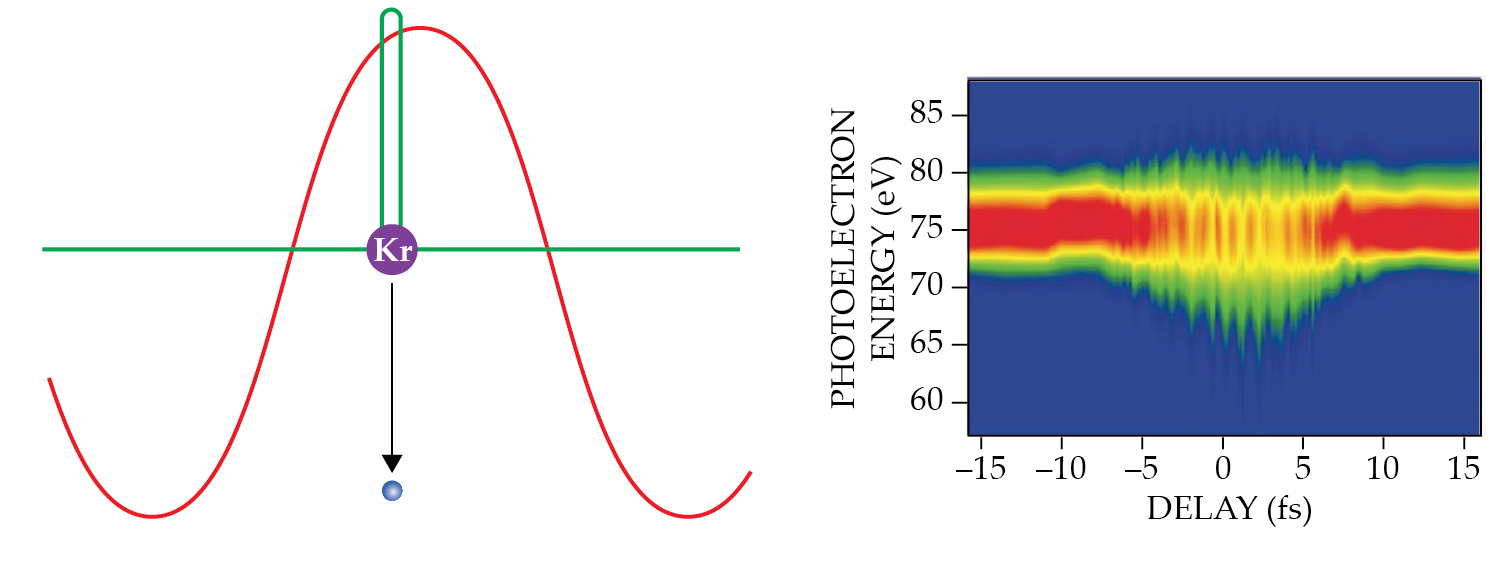
As Agostini did with RABBIT, Krausz varied the delay between the IR and HHG pulses and looked for a change in the electron signal. If the HHG pulse is long compared with the IR period, there would be no change. By analyzing the wobbles that he observed, Krausz concluded that the pulse had a duration of 650 attoseconds.
Photoionization and beyond
Now that the world had access to attosecond pulses, what was it to do with them? The beauty of both RABBIT and attosecond streaking is that they can probe not just the time scale of the HHG pulses, but also the time scale of photoionization. Absolute timing measurements are unfortunately not possible—there’s no way to determine what time delay is truly “zero”—but relative measurements are. If two different photoionization channels are measured simultaneously, and if one is a bit slower than the other, the difference shows up as an offset in the RABBIT or streaking oscillations.
In 2010 Krausz and colleagues made just such a measurement on neon by using attosecond streaking. 5 Neon can eject an electron from either the 2s orbital or a 2p orbital, and the researchers found that the latter was 21 attoseconds slower than the former. (HHG pulses by that point had shrunk to some 200 attoseconds, which was sufficient to measure such a difference.) It was the first clear experimental evidence that photoionization is not instantaneous—at least, not always.
Theory, however, predicted a time difference only half as large. And when L’Huillier and colleagues revisited the problem in 2017, using RABBIT, they resolved the discrepancy: The 2s channel was concealing another, even faster ionization channel, making it appear some 10 attoseconds faster than it really was.
6
Streaking couldn’t resolve them, but RABBIT could. (See Physics Today, January 2018, page 18
Importantly, notes Krausz, the experimenters had theory to guide them along the way. It’s not easy to calculate the dynamics of neon’s 10 electrons, but it’s possible—and in the end, the calculations were right. “We didn’t really discover anything new,” he says. “We already understood the physics pretty well, we just hadn’t observed the process evolving in time. It’s proof that the technology works.”
Attosecond-pulse technology was discovered by atomic physicists, so it was naturally first applied to problems in atomic physics. But its more significant contributions are likely to be made in other fields where theoretical answers are not yet known. The physical chemistry of small molecules is a natural next step, especially in the thorny regime where nuclei and electrons move on the same time scale and conventional approximations break down. (See Physics Today, June 2018, page 20
Further afield, there are potential applications to problems in large-molecule chemistry, solid-state physics, and even biology. Electrons are everywhere, and their motion underlies phenomena in a wide range of fields.
Expanding attosecond science beyond atomic physics means making attosecond measurements available to researchers who aren’t experts in that field. That’s happening in two ways. “For groups that are capable of using ultrafast lasers, they can buy attosecond sources commercially,” says Francesca Calegari with the German Electron Synchrotron, “but normally, nonexperts would apply for beam time in a laser lab.” Such attosecond user facilities are springing up around the world. Among them are ELI-ALPS (Extreme Light Infrastructure Attosecond Light Pulse Source) in Szeged, Hungary, which has been open to users since 2018, and the NSF NeXUS (National Extreme Ultrafast Science) facility at Ohio State, scheduled to open next year. Although they’re not based on HHG, free-electron lasers such as the Linac Coherent Light Source at SLAC are also making attosecond pulses available to users.
The interdisciplinary connections are already bearing fruit. “At the 2022 ATTO conference, I was blown away by how diverse the field has become,” says Jon Marangos of Imperial College London. “Attosecond physics has really transformed into a broader attosecond science.”
At the same time, the full potential of attosecond measurements may yet be discovered. “When you find something in nature that’s completely new, then in the beginning you don’t know what it can be used for,” says Lindroth. “When the laser was invented, for a long time people just used it to look at energy levels in atoms, but now laser applications are everywhere. So I think we need to be a little bit patient.”
References
1. M. Ferray et al., J. Phys. B: At. Mol. Opt. Phys. 21, L31 (1988). https://doi.org/10.1088/0953-4075/21/3/001
2. K. J. Schafer et al., Phys. Rev. Lett. 70, 1599 (1993); https://doi.org/10.1103/PhysRevLett.70.1599
P. B. Corkum, Phys. Rev. Lett. 71, 1994 (1993). https://doi.org/10.1103/PhysRevLett.71.19943. P. M. Paul et al., Science 292, 1689 (2001). https://doi.org/10.1126/science.1059413
4. M. Hentschel et al., Nature 414, 509 (2001). https://doi.org/10.1038/35107000
5. M. Schultze et al., Science 328, 1658 (2010). https://doi.org/10.1126/science.1189401
6. M. Isinger et al., Science 358, 893 (2017). https://doi.org/10.1126/science.aao7043
